31 May 2017
Royal Air Force Bomber Command
The Hon. A.L. McLACHLAN ( 15:28 :00 ): I rise to speak on the Royal Air Force Bomber Command, which served during World War II. On Sunday 4 June 2017, commemorative ceremonies will be held around the country to celebrate 75 years since Australian squadrons were formed in Bomber Command. It will also mark the 10th year since these commemorative services began. A memorial service is planned to be held at the Torrens Parade Ground this Sunday.
The young men of Bomber Command were among the bravest and most accomplished of all allied combatants in World War II. Many were in their teens, most no older than 25 years. They were among the best of their generation. It is said that many were attracted to service in the Royal Air Force following the advent of air travel and the romance associated with it. All had a strong belief in service to their country and to the empire.
The Royal Air Force incurred the highest casualty rate of all allied forces. Of the 125,000 airmen who served in the Royal Air Force, of which approximately 10,000 were Australian, more than 55,000 were killed (over 40 per cent) and another 18,000 become casualties. Australians killed in action numbered almost 3,500, accounting for 10 per cent of Australia’s total number of combat deaths in World War II. Given that just 2 per cent of Australia’s forces served in Bomber Command, the sacrifice of this country of its sons is even more poignant.
A tour of duty for these men consisted of 30 sorties, after which six months’ rest was required. It has been reported that the chances of completing a tour were around 30 to 40 per cent. Due to these high casualty rates, an airman would average just 16 missions. Besides Australia and the United Kingdom, the men of Bomber Command hailed from New Zealand, Canada, South Africa, southern Rhodesia, Czechoslovakia, France and Poland. Eighty Bomber Command squadrons were formed at the height of operations of which eight Royal Australian Air Force squadrons served.
For South Australians, initial training was conducted at a number of training schools set up in 1940 around the state in Victor Harbor, Mallala, Mount Gambier and Port Pirie. A two-month sea journey on a transport or Merchant Navy ship headed for Britain then followed, which was itself a dangerous journey. In July 1941, Bomber Command received a directive defining its main aim as dislocating the German transportation system and its industrial capabilities.
Initially, air raids against Germany were not closely planned or coordinated. It was reported that due to inaccurate navigation and faulty bomb targeting, only one in three aircraft were bombing within five miles of the target. It was not until Air Chief Marshal Arthur Harris took charge in February 1942 when Bomber Command came to be considered a powerful fighting force. Within three months of his taking command, Harris launched the first mass area attack against Cologne in the Ruhr Valley with more than 1,000 attacking aircraft. This was twice the size of any previous formation and employed strategic manoeuvring that until then had not been utilised. Formations were highly concentrated. These attacks caused damage that was almost equal to the aggregate damage inflicted upon Germany up to then.
Bomber Command was so effective that General Eisenhower considered them one of the most important parts of the entire war fighting organisation. Even a German commander, writing after the war, credited Allied strategic bombing with inflicting the greatest losses of all in the war. Bomber Command reportedly deprived the German frontlines of well over a million soldiers and effectively destroyed half of Germany’s anti-tank ability. In the final days of the war, Bomber Command’s final mission involved flying liberated prisoners of war back to England and dropping more than 7,000 tonnes of vital food supplies to the Dutch following their liberation.
For their gallantry, the men of Bomber Command received at least 2,000 Australian and foreign Armed Forces metals, including two Victoria Crosses. These brave young men fought against all odds and showed remarkable feats of strength to secure our freedoms and safeguard our values. I bring to honourable members’ attention that the late Hon. William Alan Rodda, who served in the other place for 20 years, was a Bomber Command veteran. There are perhaps only around 400 Bomber Command veterans still alive today.
I acknowledge the generosity of the Liberal federal government for flying veterans to Canberra to reunite on the 75th anniversary this weekend. As quoted by historian and former RAAF pilot Dr Alan Stephens, ‘No single group of Australians from any service did more to help win World War II than the men who fought in Bomber Command.’ Lest we forget.
View source
